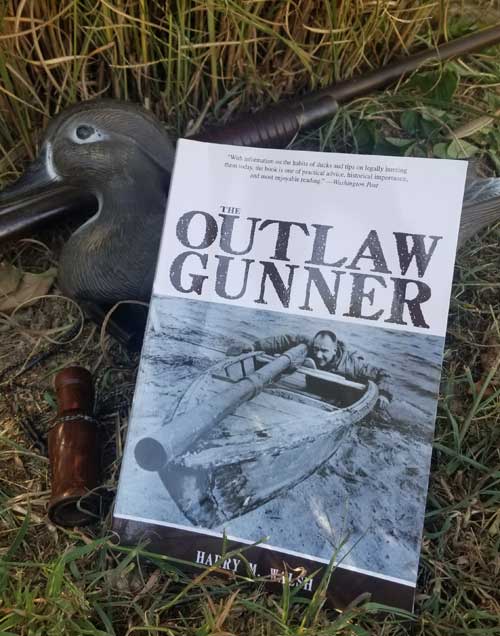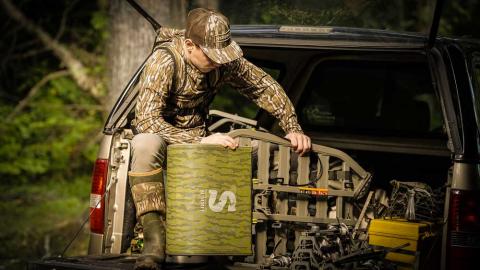Jason Worley

We've all heard the stories of market hunting. Game animals of all types being pursued and taken to be sold at local markets. It's a practice that has been outlawed and looked at as a very dark time in the history of man's use of wild game. But, have we, as modern hunters and conservationists, ever sat down and learned what it was and how it was practiced? In talking with fellow outdoorsmen, I've found few have learned about the subject enough to realize just how impactful it was and still is today. It affects us both as the hunter who looks for the most efficient and ethical way to take game and as the conservationist who looks to conserve and maintain the resource they love so dearly. When choosing to study market hunting, there are few other forms of hunting in which you will learn more about the practice and how it developed. Then to dive into the history of market hunting for waterfowl.
Originally published in 1971 by Tidewater Publishers, The Outlaw Gunner, written by Harry M. Walsh, is an extraordinary look into the lives of waterfowl market hunters both when it was legal as well as illegal. The hunters themselves tell the accounts, and the methods and equipment used are quite the eye opener. These men were fearless and determined, from night hunting during winter storms to mounting what amounted to a 4-inch cannon to a small skiff. Their determination to be ultra-efficient and maximize their time is almost scary. The book tells the story of the decoy, baiting, trapping, and the infamous punt gun and sink box.
MARK TWAIN: BOTTOMLAND BOOK CLUB
When reading the book, one must realize that many of the tactics and techniques were devised when market hunting was legal and often viewed as dignified employment. Many felt waterfowl numbers were limitless and looked only to efficiency and profit. It was a period that would turn into a significant era for North American waterfowling as it became apparent that these ultra-efficient and extremely dangerous methods were not sustainable. It marked the beginning of a fundamental understanding of how impactful hunters and hunting can be and it ushered in the age of true waterfowl conservation.
One may question why we should acknowledge such a dark time in our history as hunters, but I firmly believe that we must always keep the past in focus, even if it's one that may be a bit ugly. Our past errors lead to present wisdom, and as hunters or anyone who utilizes a natural resource, we can never lose sight of that.
Whether a waterfowler wanting to learn about the rich history of their favorite type of hunting or an all-around outdoorsman wanting a look into our past, The Outlaw Gunner is a must-read.




























